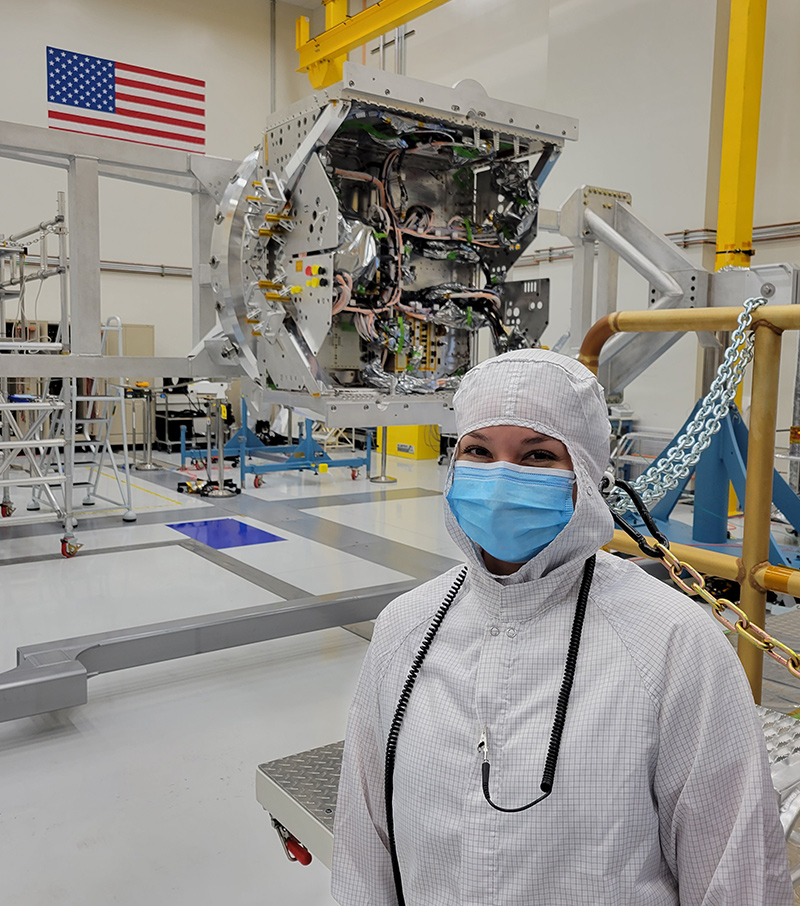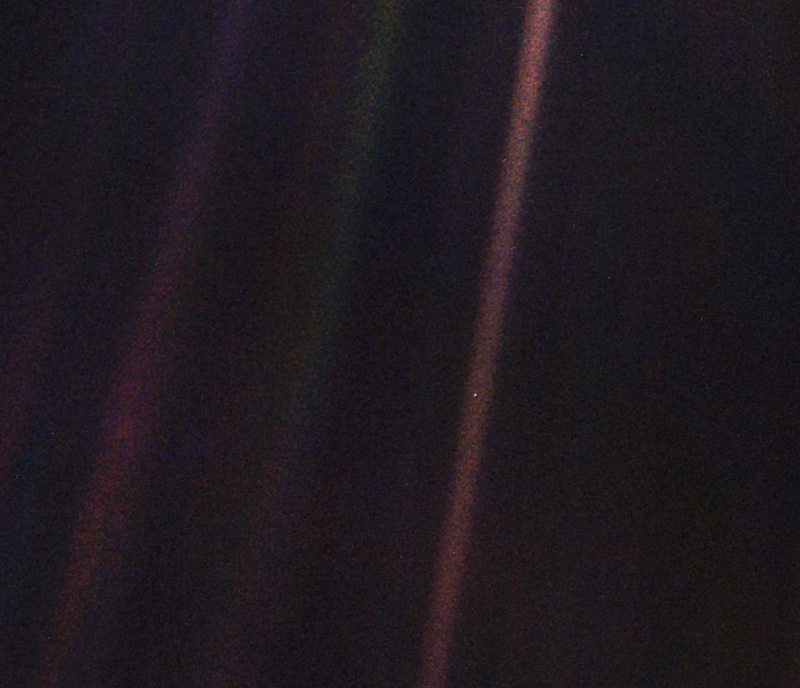
Valeria Salazar
Systems Engineer - NASA's Jet Propulsion Laboratory (JPL)
High Tech High Chula Vista | Chula Vista, California
Cal Poly San Luis Obispo | San Luis Obispo, California
Aerospace Engineering
In an elementary school project, I learned about astronauts and immediately became fascinated by space exploration, science, and engineering. As I grew up and started thinking about careers, I researched the college majors that astronauts have pursued and came across aerospace engineering. I knew that's what I wanted to do.
Working at NASA was always my goal, so in college, I applied and was selected for a summer internship at NASA’s Jet Propulsion Laboratory (JPL) in Pasadena, California. I fell in love with the work we do at JPL, the amazing people, and the NASA missions. Supporting a mission for space exploration and science is incredibly rewarding and fulfilling to me. I love doing something that will benefit humanity for years to come!
I'm an integration and test engineer for NASA’s Europa Clipper mission. As a test engineer, I help plan and perform tests to ensure everything works as expected and that the spacecraft is ready for launch. I do testing both in the Europa System Testbed – which is a test venue that has copies of the hardware to perform ground testing, and with the Assembly Test and Launch Operations (ATLO) team on the actual flight hardware that will go to Jupiter’s moon Europa.
I think getting to know yourself and learning your passions, strengths, and interests will help you stay focused when pursuing long-term goals. Perseverance is key!
My favorite NASA image is the famous Pale Blue Dot image taken by Voyager 1. This picture of our home, Earth, really helps put things into perspective on our role in the universe. It reminds me of why I do my work and its importance.

Planetary science is a global profession.

